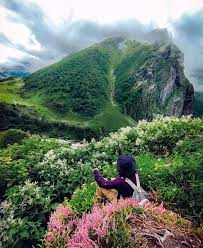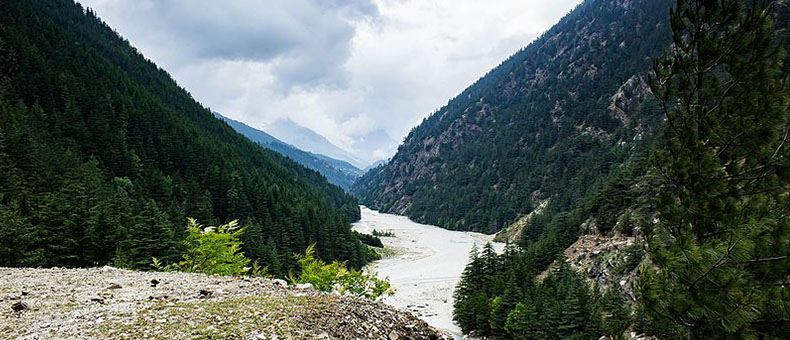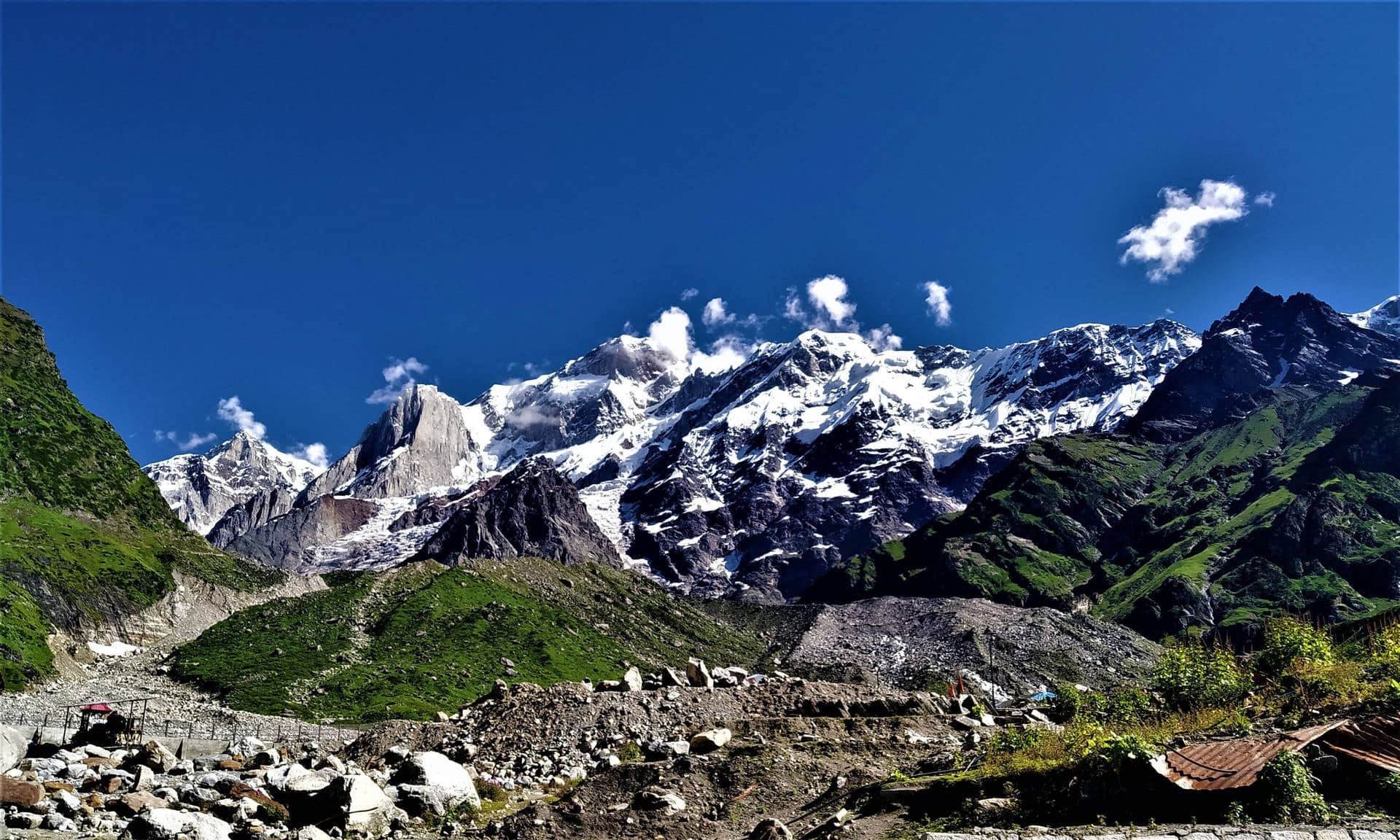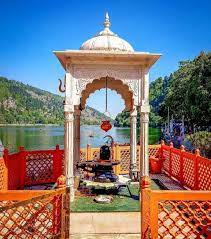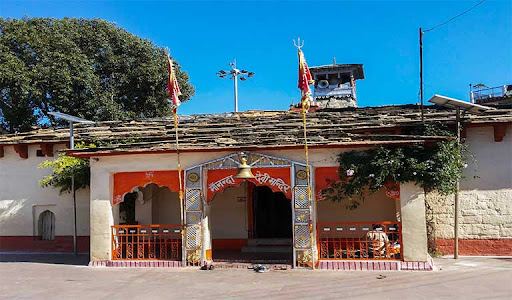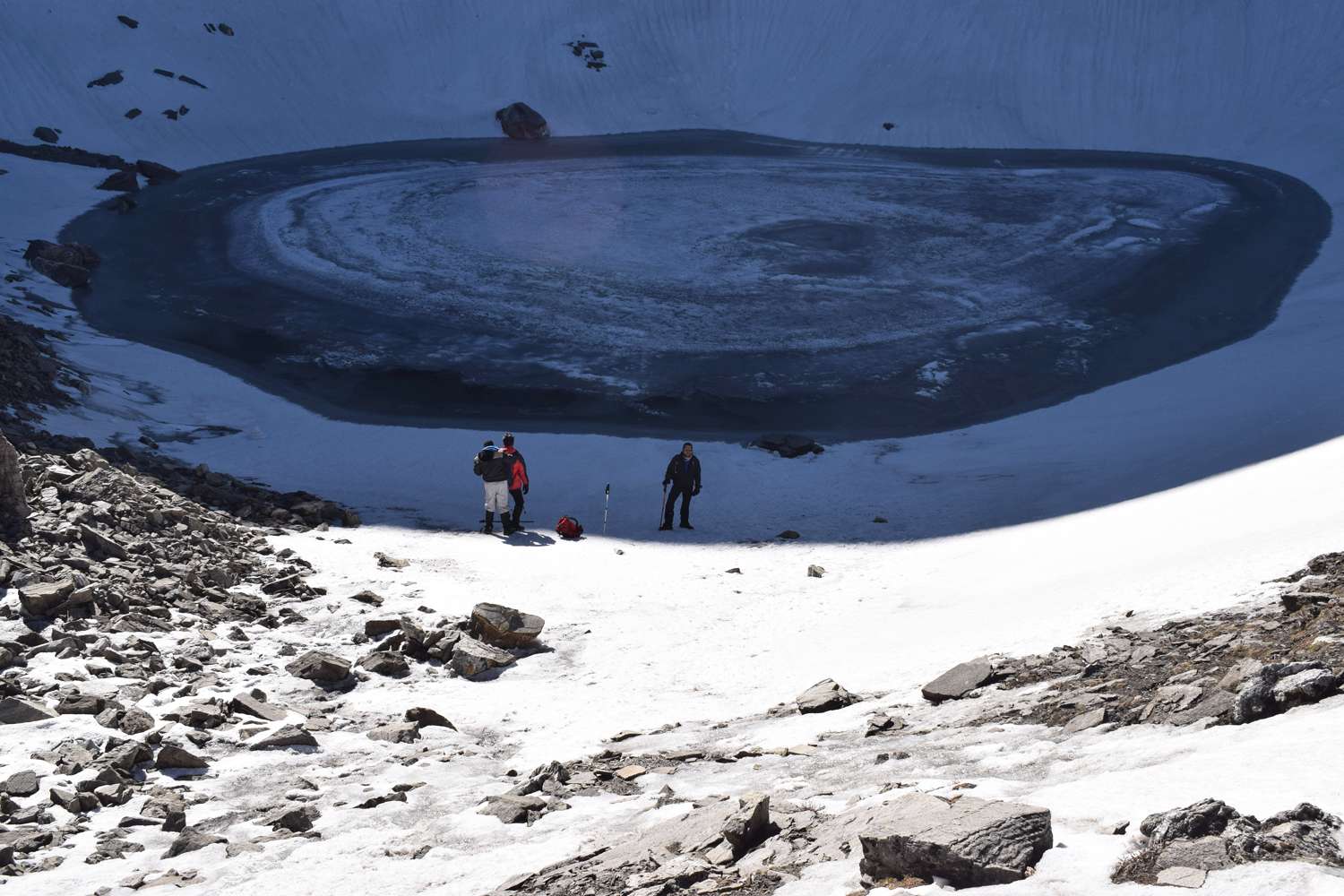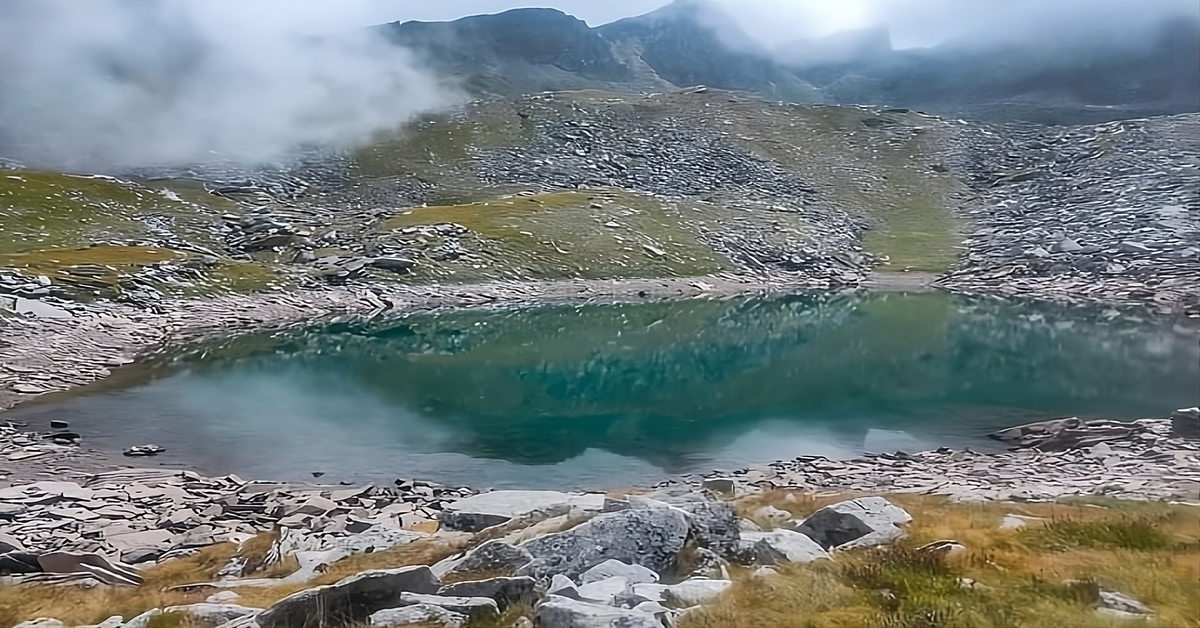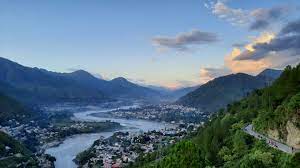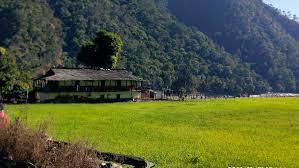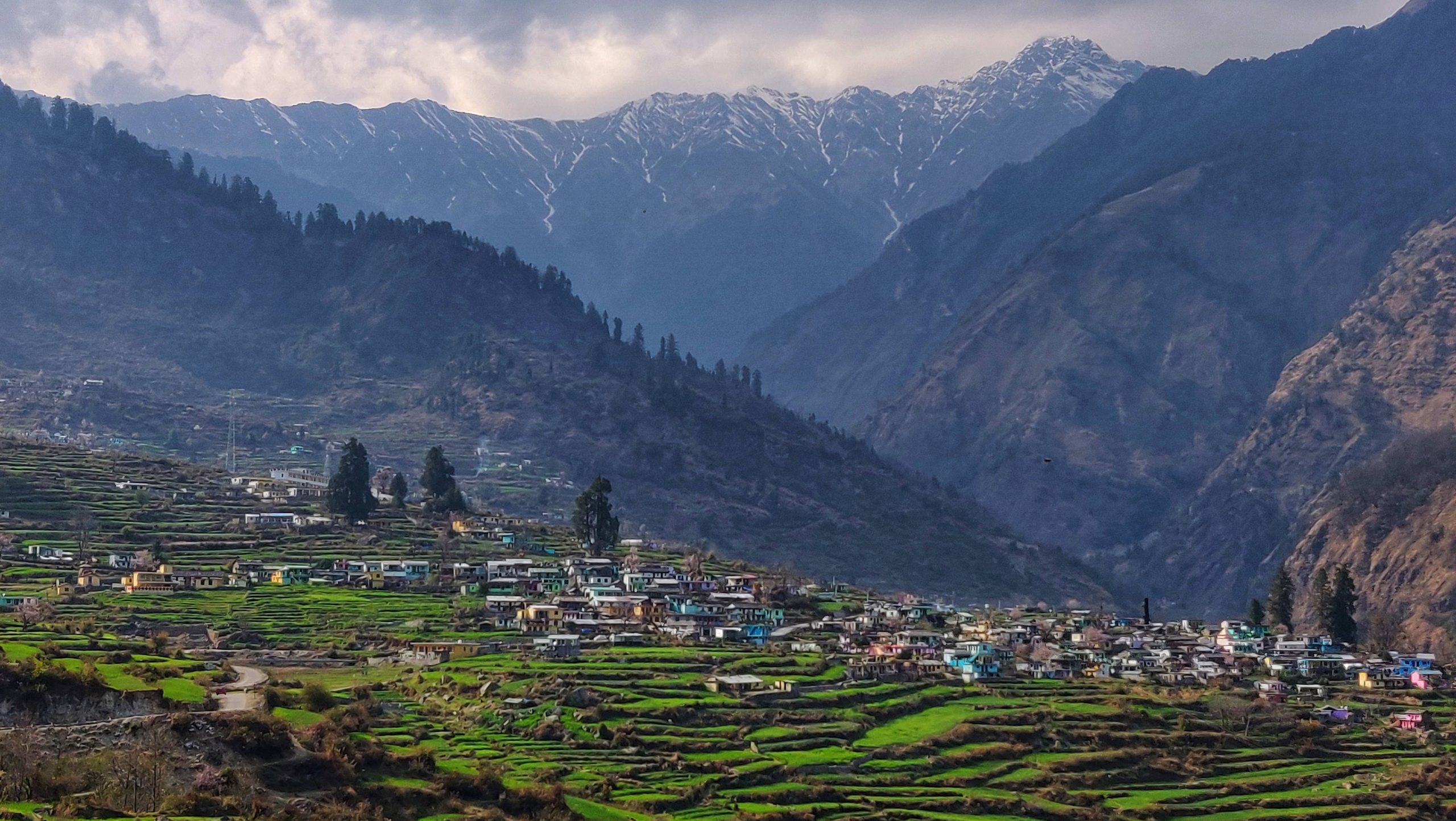Rishikesh is busy even when it pretends to be calm. Ashrams chanting, drums rolling, people crossing Laxman Jhula with phones in hand. It feels alive, but not quiet. If you want silence, you need to leave the metropolis behind. A little similarly up the street, past the turns in which the traffic drops and the forest begins breathing louder, you find it. Phool Chatti Waterfall (फूल छट्टी झरना).
The Road That Slows You
The drive is not long, but it feels like a small peeling away. At first, the same line of shops and tea stalls. Then fields appear, women bent over grass bundles, children shouting and waving as if every stranger is news. After Phool Chatti Ashram, the noise fades for good.
You hear the waterfall before you see it. The sound rolls through the trees steady, rushing, never pausing. A voice older than the road.
First Look
It isn’t huge. Don’t expect a Himalayan giant crashing down from impossible heights. Phool Chatti is smaller, softer in scale, but the kind of sight that stays anyway. White water slides down dark stone, breaking into spray before resting in a shallow pool. Sunlight cuts through branches, scattering in the mist like broken glass.
The name fits. Phool Chatti means “land of flowers”. In monsoon, tiny blooms red, yellow, purple cling to mossy stone as if refusing to be drowned. Even in lean summer, the path holds flashes of colour against the green.
Sitting By the Pool
Most people don’t rush here. You sit. That’s what the place asks of you. Rocks around the pool make natural seats. Feet slide into the water, shockingly cold, making the body jolt and the mind slow. Kids splash in the shallow edge, their laughter rising and falling against the roar. Some sit cross,legged, eyes closed, letting the spray soak skin and hair.
It doesn’t feel like meditation in the Rishikesh sense. It’s simpler. The kind of stillness where thought just gets tired of pushing. शांति (peace) arrives without trying.
The Short Trail
The walk from the ashram is slightly fifteen minutes, but the wooded area makes it feel longer. Butterflies dart in and out of the shrubs. Monkeys comply from a distance, looking ahead to the packet of biscuits you won’t deliver to them. In the monsoon, the direction is slicked with moss, and every step will become a careful choice.
Beyond the principal fall, smaller paths lead higher, into forest corners where locals cut grass or collect herbs. Sometimes you stumble onto a shrine, a stone tied with red cloth, a few marigolds (गेंदा) fading in the sun. No boards, no signs, just offerings.
Pilgrims and Wanderers
The ashram nearby has always been a stop for yatris heading toward Yamunotri. Food, shelter, prayers, and then the road onwards. Today, it hosts seekers and people coming for yoga, silence, detox from cities. For them, the waterfall is part of the rhythm. For others, it is a short escape from Rishikesh’s restless energy.
That mix is what makes the place feel layered. A pilgrim offering water with folded hands, and a trekker taking photos on the same rock. Neither is out of place. The waterfall doesn’t mind.
Seasons of Water
Every few months, the waterfall changes face.
Winter: thin, the flow reduced to silver threads, rocks sharp against the cold sky.
Summer: steady, with a pool at the base that invites tired feet after hot walks.
Monsoon: furious, brown, and roaring, mist rising like smoke from the rocks.
Locals say the best is right after the rains, when the forest is swollen green and the falls are full, but the trail holds steady underfoot.
Small Things That Linger
If you leave with memories, they are rarely grand. They are small, but stubborn.
The smell of wet stone, heavy and cool.
A butterfly landing on your arm, wings closing and opening like slow breath.
A shout from a child echoed sharper than expected, then was gone under the crash of water.
A woman from a nearby village washing clothes in the stream, her sari bright against the rocks.
A moment of realising you’ve been staring at the water for ten minutes without thinking about anything.
These are the kinds of fragments that travel back with you, long after you leave.
Why It Matters
The Himalaya has countless waterfalls. Some taller, some harder to reach. Yet Phool Chatti feels different because of what it doesn’t ask of you. It doesn’t demand awe. It doesn’t need effort. It offers stillness without conditions.
For pilgrims, it’s a pause before the harder road ahead. For travellers, it’s a reminder that beauty can be small and immediate. For locals, it’s just part of home, water that has always fallen here, long before visitors named it.
In the noise of Rishikesh, it is easy to forget silence. At Phool Chatti, the silence is restored.
Walking Back
Leaving is slower than arriving. You stroll the identical path, however lighter. The sound of the falls stays in your ears long after it has faded at the back of the trees. Back at the ashram, voices and footsteps go back, but internally, the water continues to fall.
Later, even inside the crowded lanes of Rishikesh, horns blaring and stores shouting, you discover yourself pausing at the memory. Cold spray on skin. Mist in sunlight. That heavy sound of water that never stopped.
That is what Phool Chatti Waterfall gives you. Not a spectacle, not a secret, but a pause you end up carrying back.

